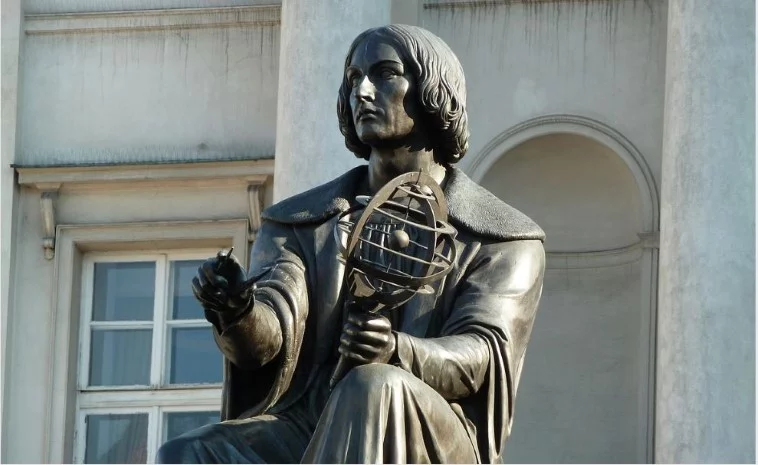The Copernican revolution theory

Astrobiologists just love the Copernican revolution theory! In their lectures, there is almost always a moment when they say: “After all, this is what the Copernican trade teaches us.” Let’s check out what exactly they mean by this, shall we?
So, before Nicolaus Copernicus, the indisputable truth was that the Earth is in the center of the entire firmament, and the Sun, the planets and the rest revolve around it. It was impossible to imagine or think about it otherwise.
And if someone were to be found who had a different idea about the movement of the heavenly bodies, that person would be said to have lost their mind, to be insane, or to be thrown into severe torture until their understood this error. Horrific, isn’t it?
But the changes, although depressingly slow, still happened and knowledge was collected even in the Middle Ages, so Nicolas Copernicus (1473-1543) could already point out the possibility that the center of the firmament is the Sun, and not the Earth.
Nothing happened to him, perhaps because he published his theory when he was seriously ill, near the end of his life… Seems rather convenient thinking back to that now, but the past remains in the past.
Anyway, going back to our primary idea, what we explained above is essentially what the Copernican Revolution is. In the center is the Sun, not the Earth.
And this sentence, starting from the last century, is often used when you want to say something that is startling, when an earlier opinion or teaching is radically changed.

“Well, the Earth is not in the center, but…” etc.
Astrobiologists have turned this meaning of the Copernican theory from a statement that something is different than we thought it was, into some form of proof.
So, they often state: earlier we thought that the Earth had a special position in the universe, that it was unique, and the Copernican tradition says that this is not true. So, there is life everywhere in the universe.
Or let’s say, the rare earth hypothesis really shook the belief of astrobiologists that the universe is full of life. This hypothesis cites evidence that complex multicellular life in the universe is rare (so there may be only one highly developed life in our galaxy – ours). Hmm… this seems hard to digest by the logic in our brains.
This hypothesis was published in the book “Rare Earth: Why Complex Life Is Uncommon in the Universe” in 2000, so it already has some history. At first, astrobiologists were confused, and then they managed to cast doubt on some arguments of the hypothesis, so now they say: “Yes, there is that thesis, just see, some of its arguments have fallen away” – on the basis of which they completely reject the entire hypothesis. Keep in mind – as long as there is a single argument, that hypothesis holds.

And then they add at the end: “Besides that, you know, there is the Copernican craft”. The Earth is nothing special, we are not in the center of the universe as we thought, so the Sun is not special either.
So, therefore the universe is teeming with life.
We seem to be confused. Still.
It seems that astrobiologists arbitrarily interpret the similarity and dissimilarity of a body, as it suits them. They themselves determine what is similar according to their needs and then proceed to the statistics, although these statistics are also arbitrary.
They say: if there is at least one Earth-like planet around every star, then there are at least tens of millions of inhabited planets.
Might we add here, there is something interesting about that term “similar”.
Because all people are alike. So far, 100 billion or more people have lived on Earth (as far as we know), and they are all alike. However, each of us, is a unique person. Likewise, there is the one and only Earth.
Because the “sameness” is not only influenced by the relief and structure of the planet, but also by its environment. And a man from the 15th century cannot be the same as a man today. So where will this thinking lead us in the future? The questions remains and the human mind inevitably keeps evolving, as does our own vanity.
To know that we know what we know, and to know that we do not know what we do not know, that is true knowledge.
While there is much we can’t explain yet, we enjoy making other people happy. On that note – did you know that here at OSR you can name stars?

